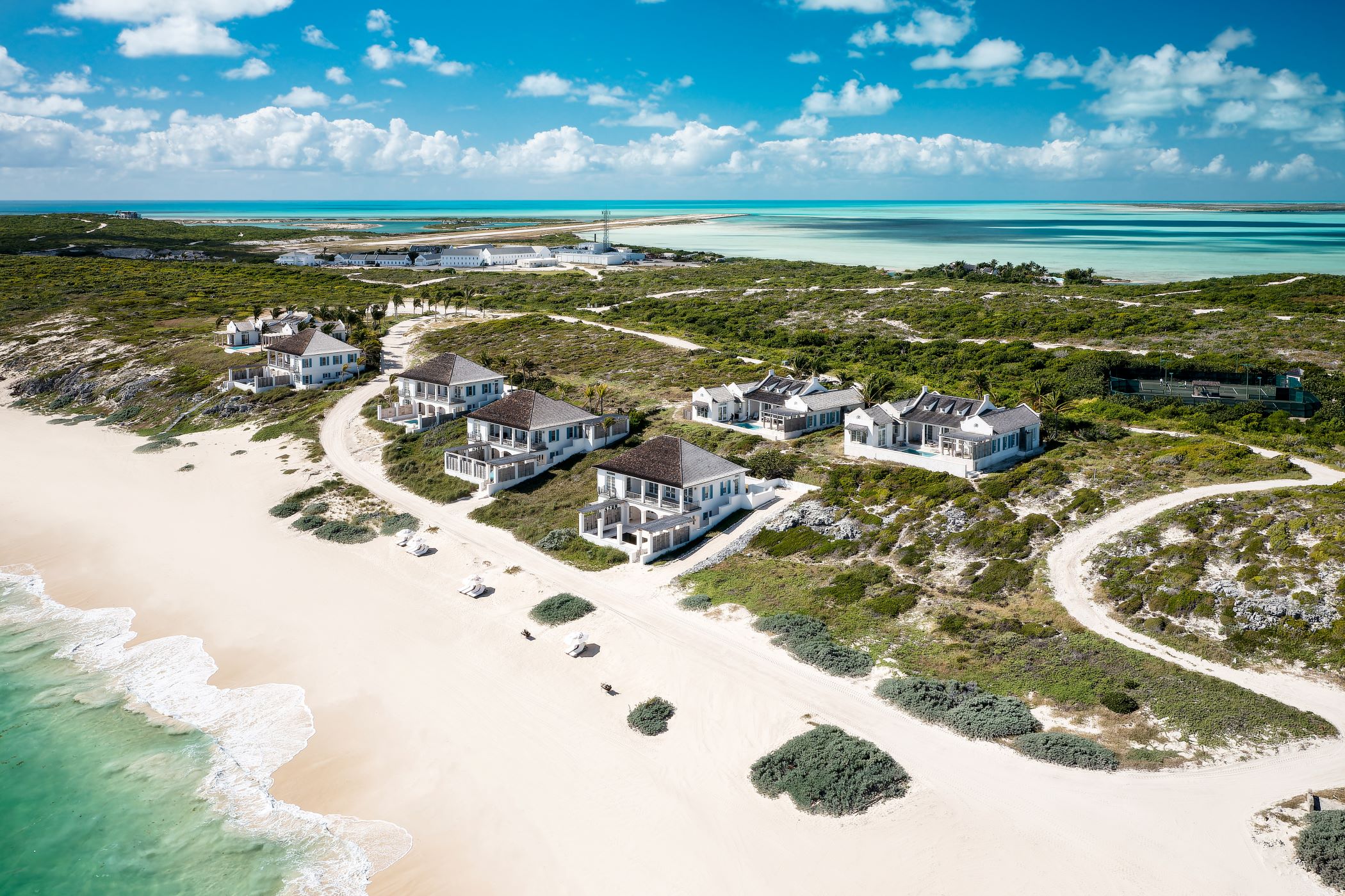A new report in Zillow states that nearly 1.9 million coastal homes nationwide are at risk of being underwater by 2100. Thirty-six coastal cities could be left entirely underwater, with nearly 300 cities losing at least half their homes, says writer, Krishna Rao, Director of Economic Product & Research at Zillow.
According to the research, Florida is the state most greatly at risk, with an estimated 934,411 properties—whose combined total value exceeds $412 billion—expected to be flooded if the sea levels rise as predicted by the scientists. Miami Beach, where nearly 37,500 homes would be affected, reportedly plans to spend half a billion dollars over the next several years to install pumps and raise roads and sea walls.
More than 42,000 California homes—having a combined total value of $49.2 billion—are at stake, with Huntington Beach, Newport Beach, and Long Beach reported to be the most vulnerable regions. New Jersey ($93.1 billion in housing damage), New York ($71 billion), Massachusetts ($51.2 billion), South Carolina ($45 billion), and Hawaii ($25.3 billion) would be the next hardest hit states, according to the report.
Dr. Svenja Gudell, Chief Economist at Zillow, was quoted as saying, “It’s easy to think about how the ocean levels can affect the coasts in an abstract sense, but this analysis shows the real impact it will have on nearly two million homeowners who could lose their homes.“
On March 31, the scientific journal, Nature published research warning that sea levels could rise six feet by the year 2100. This new estimate nearly doubles previous expectations for rising oceans. Predominantly caused by melting Antarctic ice sheets, it was noted that reducing emissions to zero over the next 50 to 60 years would likely keep the sea level increase closer to two feet.
National Oceanic and Atmospheric Administration (NOAA) collects data on which parts of coastal states will be flooded at various levels for the sea to rise. The team at Zillow combined this data with the location and value of homes in each state and city to determine the value of housing at risk if sea levels do, in fact, rise to six feet.
Benjamin Strauss, climate impact scientist and director of the nonprofit news organization, Climate Central, told The Washington Post that while the study’s findings represent potentially grave problems for many coastal areas in the decades ahead, the century beginning in 2100 could see truly catastrophic shifts, unless societies make sharp cuts in greenhouse gas emissions.
Sources include Zillow, The Washington Post, and Nature
Image courtesy of Shutterstock






